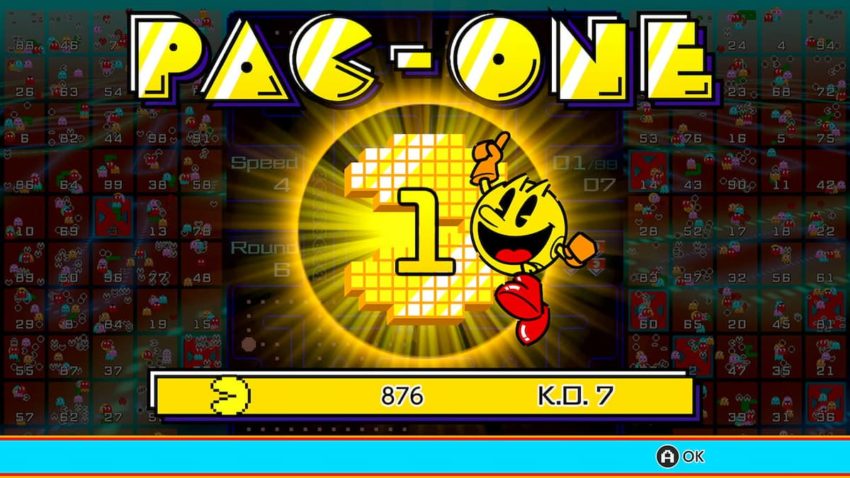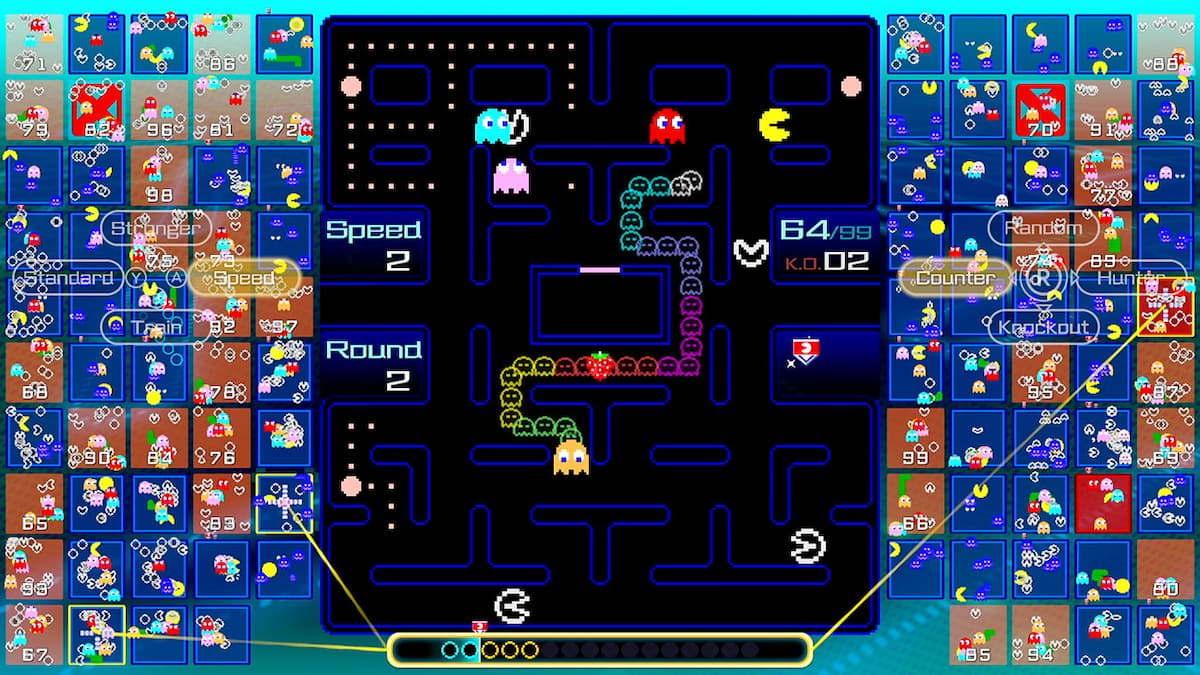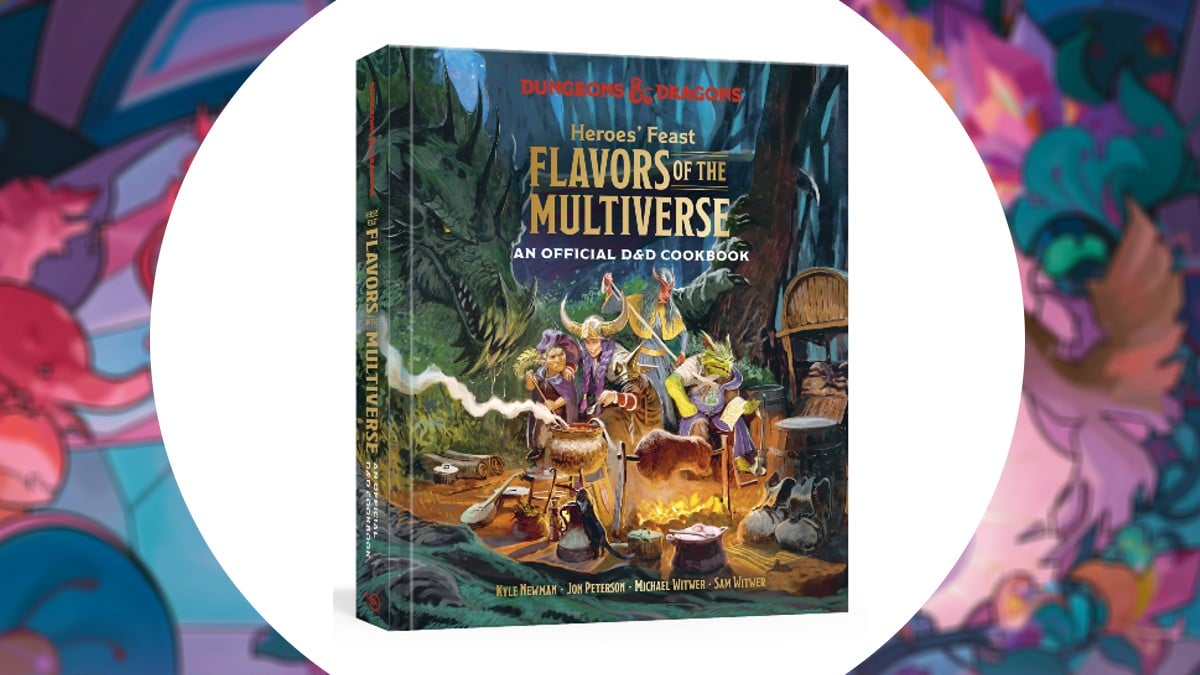When battle royale games were quickly becoming a fad, Nintendo added some stimuli to the genre with Tetris 99. The 2019 battle royale take on the falling block puzzle was unexpected, to say the least, with its basic premise reading like satire. But its breakneck pace and competitive nature made this online title a mainstay, becoming an essential play for all Tetris fans.
Over two years later, the Nintendo Switch Online service has added the similar Pac-Man 99, but instead of revitalizing Bandai Namco’s little yellow puck, all it demonstrates is that Tetris 99 was a one-of-a-kind moment that just came in at the right time. Instead of adding something fresh to either battle royales or Pac-Man, this iteration of the 99-style of gameplay is a user interface mess and a lightweight gameplay experience.

Whereas Tetris 99 intelligently adapted its gameplay style to a massively multiplayer game, Pac-Man 99 is a yellow round peg in a block-shaped hole. Instead of rethinking Pac-Man to suit the genre, it instead copies and pastes the Tetris 99 layout and rules. Tetris is already suited toward competitive multiplayer — classic Tetris games already have the mechanic of players sending garbage blocks to their opponents as a form of attack.
The problem with Pac-Man is that its competition never comes from simultaneous play, but rather from beating previous score records. In formulating the competitive elements of Pac-Man 99, developer Arika felt it had to come up with some equivalent to Tetris garbage blocks in an attempt to recreate that sense of pressure you get from other players in Tetris 99. Instead of garbage, you instead put up with white Jammer Pac-Men that other players send to your board to slow you down. But instead of feeling like a proper obstacle, it’s simply an annoyance that is relatively easy to avoid or troop through. As a result, attacking other players feels meaningless, and the game boils down to an exercise of focusing on your board and forgetting about other players rather than becoming a thorn on anyone’s side.
It is difficult to feel a sense of progress against your opponents when you can’t even tell what’s happening in the game. The UI elements are difficult to discern, and from the beginning, the screen is a chaotic visual mess. Unlike in Tetris 99, where you can at least make sense of your other opponents’ tiny boards, there is no practical use of looking at them in Tetris 99.

It doesn’t help that the attack options are right above your view of the opponents, and to pile onto your problems, the options as they read are vague and unhelpful. To your right are the attack options of Random, Counter, Hunter, and Knockout, which are nearly identical to the Tetris 99 attack options, with some terminology changes that may or may not make their purpose more clear. Then to the left are new power settings: Standard, Stronger, Speed, and Train. You might need some external supplementary reading to understand what any of that means, because Pac-Man 99 does pretty much nothing in-game to teach you how to play it. And even then, the options could seem excessive when all you really have to do is play Pac-Man as you usually do.
Couple that with a mysterious meter at the bottom of the screen, which apparently indicates the number of Jammer Pac-Men that other players are sending to your board; badges you earn will counter their entries. This is a factoid that I had to learn from reading several articles and comments online, but the lack of any text or additional visual elements other than circles makes it yet another confusing piece of the UI to juggle. There are clearly tools in Pac-Man 99 designed to help you formulate a playstyle and adjust when need be to achieve victory — but when the onboarding process is so poor without any sort of tutorial, and with most of these player-versus-player mechanics feeling contrived, these tools seem worth mastering.
It isn’t unlike Super Mario Bros. 35, Nintendo’s limited-time attempt to fit Super Mario Bros. into the same mold of Tetris 99. Super Mario is fairly ill-suited for the battle royale style of gameplay, and it suffers from the same inorganic PvP mechanics as Pac-Man 99, which garbage Goombas and other enemies used as an attempt to emulate how Tetris handles attacking. At least Super Mario Bros. 35 had the excuse of being a temporary novelty for an anniversary, going offline before the game truly became stale — which it very quickly became after launch.

Despite all of the complexities of Pac-Man 99, my first few games were actually quite easy to get through, compared to the constant uphill battle that is Tetris 99. I had enjoyed the concept of ghost trains allowing you to eat multiple ghosts to perform combos — while I knew that this would hamper some other player in the background, it was more so satisfying for the dopamine effect the audio and visual element of chomping an absurd number of ghosts in a row produced. I had made it all the way to fifth place on my very first match, only losing because a red Jammer Pac-Man killed me — something I did not know could even happen.
Tetris 99 puts you under duress, forcing you to think of how to get out of sticky situations with on-the-fly maneuvering. One would think that Pac-Man 99 would have that same description, but it instead substitutes duress with confusion. There doesn’t appear to be any spark of inspiration, and it instead comes across as a hollow carbon copy. I dread to think of what could possibly get the 99 treatment next, now that this appears to be its own subfranchise. Frogger? Bomberman? Q*bert? Whatever the case may be, if Nintendo and Arika want to chug this idea along, they have to pull an IP that has competitiveness and player-versus-player already built in at its heart — otherwise, the 99-style of battle royale could become as diluted and rotten as the larger genre itself.







Published: May 11, 2021 04:33 pm